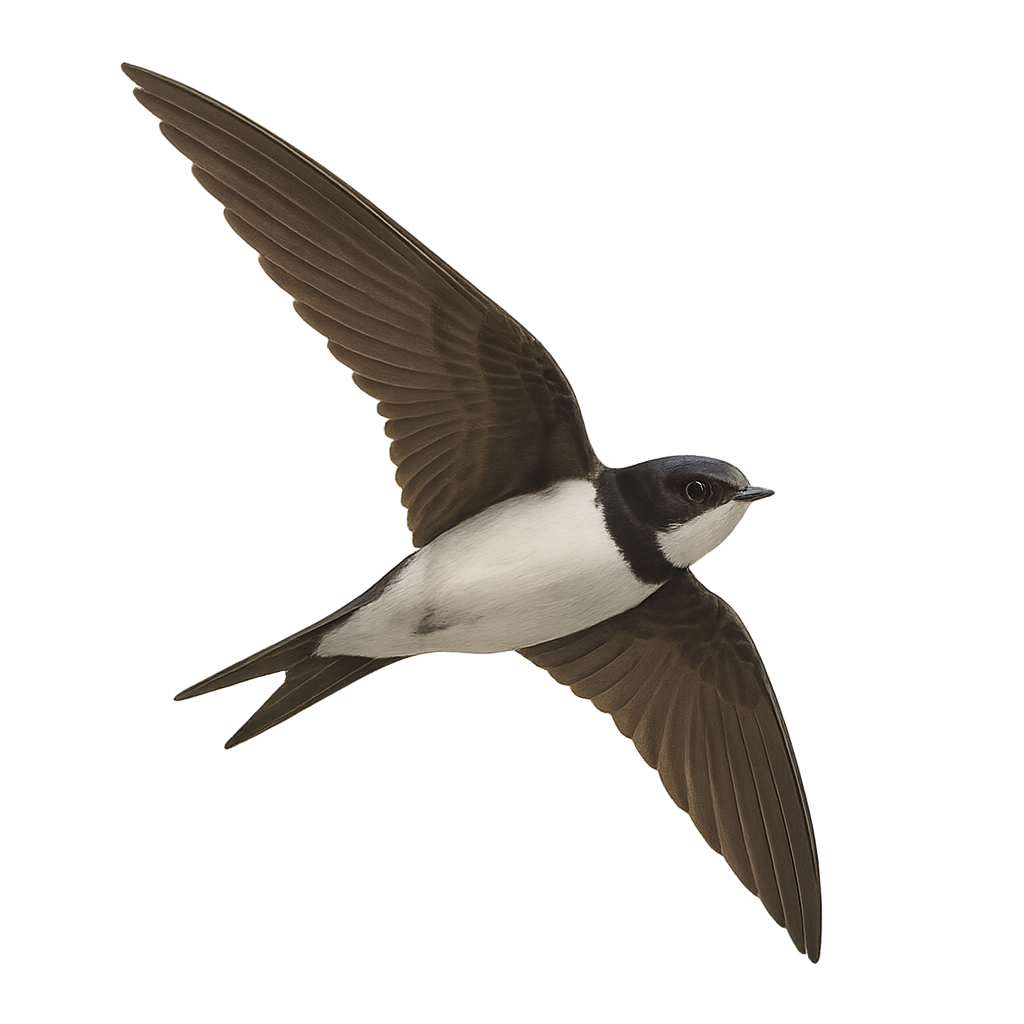Your wildlife photography guide.
Explore the alpine swift in detail, study its behavior, prepare your shots.
Where to observe and photograph the alpine swift in the wild
Learn where and when to spot the alpine swift in the wild, how to identify the species based on distinctive features, and what natural environments it inhabits. The WildlifePhotographer app offers tailored photography tips that reflect the alpine swift’s behavior, helping you capture better wildlife images. Explore the full species profile for key information including description, habitat, active periods, and approach techniques.
Alpine Swift
Scientific name: Tachymarptis melba

IUCN Status: Least Concern
Family: APODIDAE
Group: Birds
Sensitivity to human approach: Suspicious
Minimum approach distance: 30 m
Courtship display: May to July
Incubation: 44-46 jours
Hatchings: June to August
Habitat:
Cliff faces, gorges, sometimes urban buildings
Activity period :
Primarily active during the day, with peak activity in the morning and late afternoon.
Identification and description:
The Alpine Swift is a large swift measuring between 20 and 23 cm in length, with a wingspan of 51 to 58 cm. It has a white belly and throat, separated by a brown pectoral band, and a brown-gray back. It is often confused with the Common Swift, but it is larger and more robust. A migratory species, it winters in tropical Africa and returns to Europe between March and April. It primarily nests in inaccessible rock cavities but can also occupy urban sites. It feeds exclusively on insects captured in flight, often at high altitudes. It is monogamous, and pair bonds can last over ten years. In Switzerland, it is present from late March to late October. A protected species, it is considered potentially threatened due to the loss of its natural nesting sites.
Recommended lens:
400 mm – adjust based on distance, desired framing (portrait or habitat), and approach conditions.
Photography tips:
Use a telephoto lens to photograph the Alpine Swift, especially during its courtship displays or when hunting insects at high altitudes. Favor soft morning or evening light to capture the details of its plumage. Be patient and discreet to observe its natural behaviors.
The WildlifePhotographer App is coming soon!
Be the first to explore the best nature spots, track rutting seasons, log your observations, and observe more wildlife.
Already 1 439 wildlife lovers subscribed worldwide

